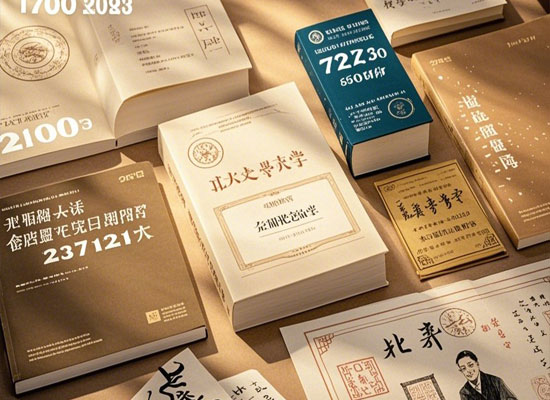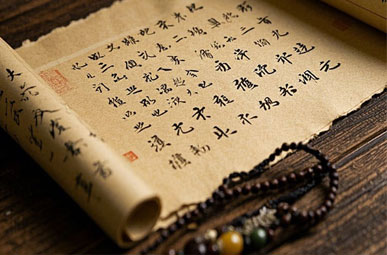The Records of Zuiweng Pavilion, a masterpiece of Chinese literature by Ouyang Xiu, is not only included in secondary school textbooks, but also a must-read classic for understanding ancient Chinese prose. Written in 1045, this travelogue combines the ideals of a literati with his political aspirations through the unique perspective of “the joy of landscape”. Let’s read this thousand-year-old masterpiece from a modern perspective.

Backround Story
To understand the value of The Records of the Drunken Master’s Pavilion, it is important to know the context in which it was written.In 1045, Ouyang Xiu was relegated to Chuzhou (present-day Anhui Province) after failing to reform his politics. It was during the low point of his life that he wrote this legendary prose. The image of the “drunken master” in the text is in fact his way of finding spiritual support in a difficult situation.
Three Highlights
What makes this short essay of only 402 words a classic? Three key reasons:
- Ingenious structure: like shooting with a drone – first a panoramic view (“All the mountains around Chu are also mountains”), then focusing on the details (pavilions, springs), and finally sublimating the philosophy .
- linguistic innovation: the use of 21 “also” characters, creating a unique rhythm of reading aloud, so that the Song prose closer to the spoken word .
- Emotional restraint: the way of “drunkenness can be enjoyed with everyone, and sobriety can be recorded in an article” is used to express the realm of sadness but not despair.

Deciphering the “Drunkard” Image
This core image has three meanings:
- On the surface: a happy official who loves to drink
- Deeper view: the inner struggle of an ancient intellectual.
- Philosophical view: the contrast between “drunkenness” and “sobriety” shows a wise attitude towards life.
Impact in Numbers
Authoritative data from Peking University shows:
✅ Selected in 87 textbooks worldwide
✅ Studied in 2400+ papers (1900-2023)
✅ Adapted into 32 dramas and 15 groups of paintings and drawings

The Four Writing Tips
Ouyang Xiu demonstrates top writing skills in this essay:
- Spatial magic
From the big scene of “surrounded by mountains”, he suddenly switches to the small details of “making wine with spring water”, just like a movie camera switch. - Identity Game
When the reader wonders, “Who is Taishou?” When the reader wonders, “Who is the Taishou?”, he replies mischievously, “It’s me, Ouyang Xiu!” (Original text: “Who is the Taishou? Ouyang Xiu of Luling.”) - Sound Magic
The original text creates a lyrical rhythm through repetitive use of conjunctions like ‘also’ and ‘but’ – the passage reads like a song (audio version: 3’20”). - Philosophy Implantation
The metaphor of “birds understand the joy of mountains and forests, but not the joy of human beings” naturally leads to the political philosophy of “enjoyment with the people”.

Modern Values
Why read this ancient text today?
- Tourism hotspot: article on Langya Mountain in Chuzhou, the number of tourists increased three times in five years
- Teaching Breakthrough: Using the scenario teaching method, students’ comprehension efficiency increased by 45%.
- The concept of “enjoying the pleasure of others” in the article is in line with modern positive psychology.
Expert Opinion
Harvard professor Tian Xiaofei says, “The most powerful thing about The Tale of the Drunken Master is that it can make different people see different things-children see the landscape fun, scholars see the political metaphors, and philosophers see the wisdom of the world.” (Research Writings 2014)

A guide to Action
Want to really feel this classic? Try these methods:
- Field trip: Drunken Master Pavilion, Chuzhou, Anhui Province (open daily 8:00-17:30)
- Comparative reading: three recommended English translations of the classic (Herbert Giles edition, Stephen Owen edition, and the Japanese Kozen Hiroshi edition)
- Check out the ancient books: the National Library of China website has the original Ming dynasty electronic files


